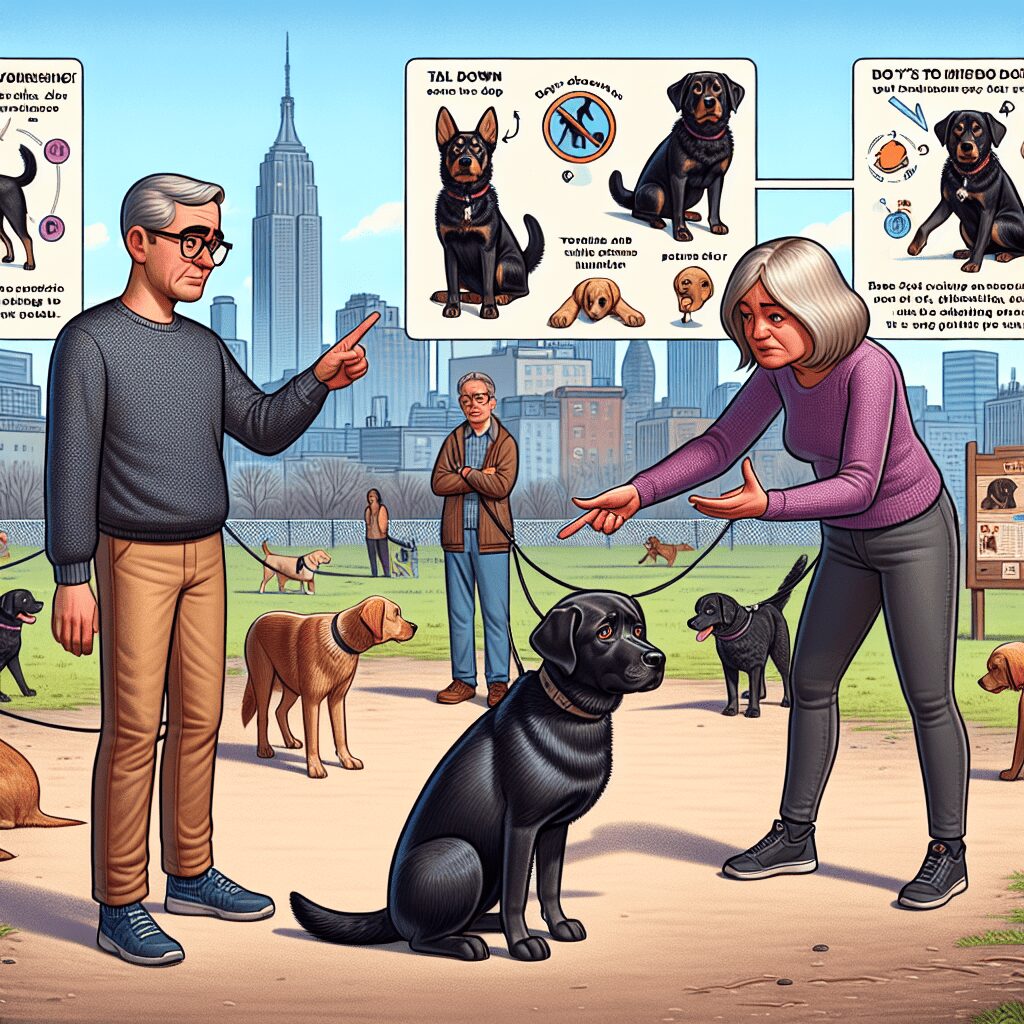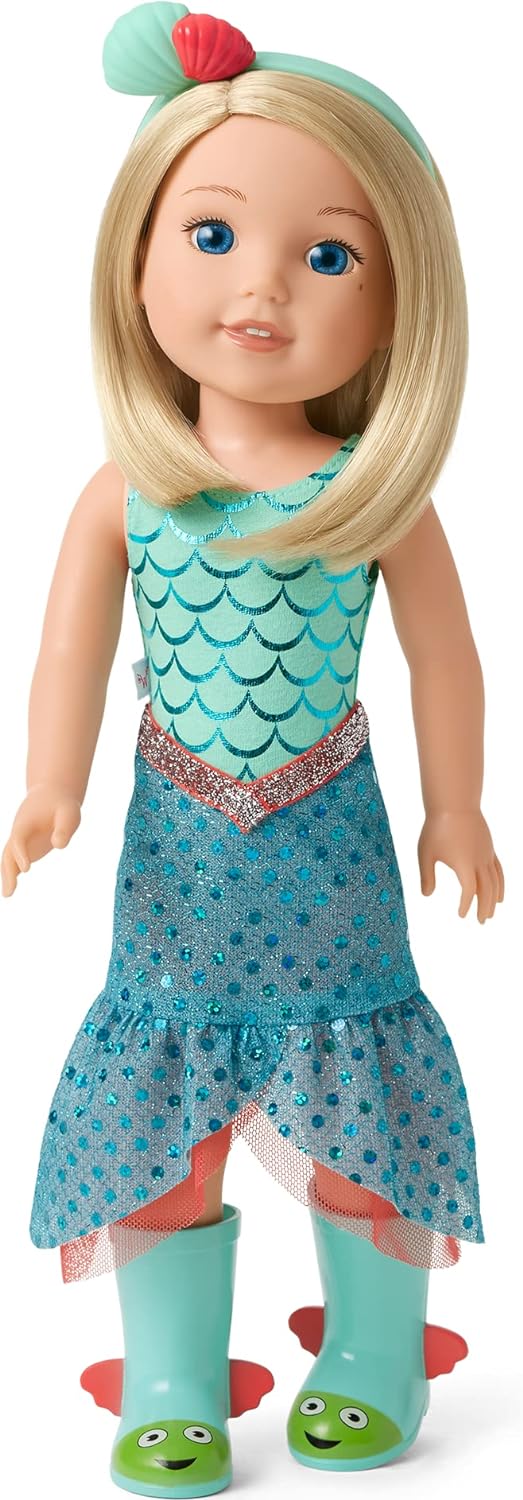Understanding Canine Conflict: Why Your Dog Doesn’t Get Along with Others
As a dog lover, there’s nothing quite like the joy of watching our furry companions frolic and play. However, it’s a sad reality that not every dog will get along with every other dog. If you’re like me, you may have found yourself in a situation where your beloved pup encounters another dog, and suddenly, the air fills with tension. Dogs are fantastic creatures, each with their own distinct personalities and backgrounds, but sometimes their interactions don’t go as planned. Understanding these conflicts can not only help us manage our dogs better but also enhance their quality of life.
In this post, we’ll explore the many facets that lead to canine conflicts, from breed characteristics to socialization. Buckle up, fellow dog enthusiasts, as we dive into this essential topic!
1. The Roots of Aggression: Understanding Behavior
Aggression in dogs often stems from a variety of roots. Whether it’s fear, territoriality, or lack of socialization, understanding the motives behind your dog’s behavior will set the foundation for treating the issue.
Many dog owners mistakenly think that aggression is solely a personality flaw. In reality, aggression can often be a coping mechanism. For example, a dog that was not socialized properly during its crucial early development stages may feel threatened around other dogs, leading to aggression as a defense mechanism.
Additionally, it’s worth noting that certain breeds have predispositions toward aggressive tendencies. Breeds like Rottweilers and Doberman Pinschers may be perceived as more aggressive due to their protective nature, but with the right training and socialization, they can become harmonious companions in multi-dog environments.
2. The Role of Socialization
Socialization plays a pivotal role in a dog’s ability to interact with other dogs. Puppies who are exposed to a variety of environments, stimuli, and other dogs during their critical development stages generally grow into well-adjusted and sociable adults. Studies have indicated that puppies should be socialized between 3 to 14 weeks of age for optimal results.
But what happens if your dog misses this critical window? Don’t panic; it’s still possible to socialize an adult dog—though it may take additional patience and effort on your part. Introduce your dog to new environments gradually and positively reinforce their good behavior with treats and praise. The goal is to create a positive association with other dogs.
3. Communication Between Dogs
Understanding dog-to-dog communication can significantly reduce the chances of conflict. Dogs communicate through body language, vocalizations, and even chemistry—yes, they can sense stress and anxiety in other dogs!
For instance, a dog that approaches another with a stiff posture, raised hackles, and direct stare can be perceived as threatening. On the other hand, a wagging tail can convey friendliness, but did you know not all wagging tails indicate happiness? A fast wagging tail held high can suggest excitement or arousal, while a slow wagging tail held low may indicate submission or uncertainty.
By educating ourselves about canine communication, we can help our dogs navigate social situations more effectively and avoid misunderstandings that could escalate into conflict.
4. The Importance of Leadership
Sometimes, our dogs may not get along due to a lack of clear leadership. Dogs are pack animals and often look to their humans for guidance. When a dog perceives that its owner is anxious or uncertain in social situations, it may feel compelled to take control, which can manifest as aggression or hostility toward other dogs.
Establishing yourself as a calm, confident leader can help your dog feel secure and less likely to react negatively. Known as “leadership” in dog training circles, it involves asserting yourself without intimidation. Using commands, rewarding good behavior, and practicing obedience training can strengthen the bond between you and your dog, leading to less conflict when interacting with others.
5. The Impact of Genetics
Just as humans have genetic traits that influence behavior, so do our dogs! Some breeds are more predisposed to certain behaviors, including aggression. It’s essential to recognize that genetics can play a significant role in canine behavior, and certain environmental factors can amplify these tendencies.
Take the American Staffordshire Terrier, for example. This breed is often pigeonholed into the "dangerous" category due to historical misconceptions. In reality, an individual dog’s behavior can be greatly shaped by its upbringing, socialization, and training. By understanding your dog’s breed and its inherent traits, you can develop a customized training plan that leverages their strengths and manages weaknesses.
6. Fear and Anxiety: Major Players in Dog Conflicts
Fear is a significant contributor to dog aggression. A scared dog may perceive a friendly approach as a threat, triggering a fight-or-flight response. This response can escalate quickly, leading to barking, growling, or even biting.
Recognizing signs of fear or anxiety can help you intervene before a situation escalates. Dogs may display avoidance behaviors such as turning away, cowering, or lip licking. If your dog is showing signs of fear in social situations, consider consulting a professional trainer or behaviorist who can help you devise a plan to assist your dog in overcoming its fears.
7. Managing Intact Dogs and Their Instincts
If you own an intact (not spayed or neutered) dog, be aware that intact dogs carry stronger territorial and reproductive instincts. This can lead to more conflicts in areas where multiple dogs are present, particularly during mating seasons.
For instance, female dogs in heat can draw countless male suitors, leading to increased tension and competition among dogs. If you’re experiencing persistent conflicts in these situations, consider talking to your vet about the benefits of spaying or neutering. While it may not be a cure-all, reducing your dog’s reproductive instincts can sometimes lead to better behavior.
8. Creating Positive Spaces for Interaction
Lastly, creating a positive environment for dog interactions will significantly reduce conflict. When introducing your dog to a new friend, consider starting in a neutral space—one that neither dog considers "home." This helps eliminate territorial instincts.
Gradually introduce the dogs while keeping them on leashes. Observe their body language closely; be prepared to intervene if tension escalates. Positive reinforcement is key here! Rewarding both dogs for calm behavior can help create a more relaxed atmosphere.
Conclusion
Understanding why our beloved dogs sometimes struggle to get along with others is critical in fostering a harmonious environment. From genetics to socialization, our dogs’ backgrounds and upbringing significantly influence their behavior. The good news is that with patience, training, and proper leadership, we can guide our dogs toward better interactions.
Always observe your dog’s communication styles, and don’t hesitate to seek professional help if needed. Remember, every dog is unique. With love and effort, we can empower our furry friends to thrive in social situations and enjoy their lives to the fullest!
FAQs
1. Can I train my aggressive dog to get along with others?
Yes, many dogs can be trained to improve their social skills! With consistent training, socialization, and possibly the guidance of a professional trainer, many dogs can learn to be more relaxed around other dogs.
2. What if my dog has had a bad experience with another dog?
Bad experiences can leave dogs feeling anxious or fearful, which can lead to aggression. It’s essential to take things slowly and gradually reintroduce your dog to social settings, rewarding calm behavior and progressing at a pace your dog is comfortable.
3. How do I know if my dog is afraid?
Signs of fear in dogs include cowering, trembling, hiding, avoidance behaviors, excessive barking, or growling. If your dog displays these behaviors, consult a professional trainer or canine behaviorist for assistance.
4. Should all dogs be socialized?
Yes! All dogs benefit from socialization, regardless of their breed or age. It’s crucial for their overall well-being and helps minimize conflicts in social settings.
5. How can I create a positive environment for my dog to meet new dogs?
Choose neutral spaces for introductions, use leashes for safety, closely monitor their behavior, and use positive reinforcement to reward calm interactions. Keeping the atmosphere relaxed will help both dogs feel more at ease.
6. Are certain breeds more prone to aggression?
Some breeds are predisposed to aggressive behaviors due to their genetics and instincts. However, this does not mean they cannot be trained or socialized. It’s essential to understand individual behaviors and take steps to train accordingly.
7. What role does spaying/neutering play in aggression?
Spaying or neutering can reduce certain aggressive or territorial instincts in dogs. While not a cure-all, it can help mitigate some issues in intact dogs, especially in multi-dog environments.
8. How can I best support my dog during interactions?
Remain calm and confident, reward positive behaviors, and never force interactions. Understanding and managing your dog’s body language will also help you prevent unintentional conflicts.
Unlock the Secrets to a Well-Behaved Dog! 🐾 Tired of your pup’s bad habits? Discover how to transform your unruly dog into a loving companion with our FREE Dog Training Mini Course! Learn essential commands, potty training tips, and effective techniques to eliminate unwanted behaviors in just days. Don’t miss out—sign up now and start your journey to a happier, obedient dog! Join Here! (https://bit.ly/3RJak0a)
Instantly Access Your Free Children’s Books Here! (https://payhip.com/BlueCherryStore) –
Disclaimer: As an Amazon Associate, I earn from qualifying purchases, I may earn a commission from qualifying purchases as an affiliate. Please note that I only recommend products I believe will provide value to my readers. (M)









